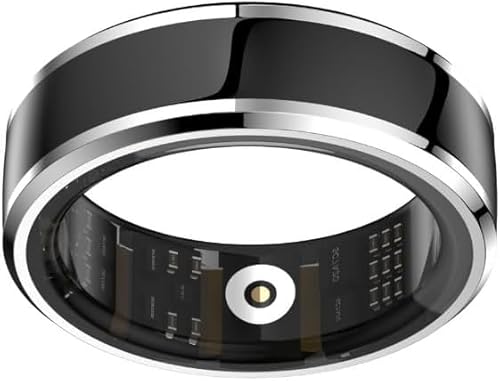Arlyss
Well-known member
The ACC/AHA have issued new guidelines this year for "the Management of Patients with Valvular Heart Disease".
I am pleased these guidelines include the latest understanding regarding bicuspid aortic valve and aortic aneurysm.
Quoting from section 3.3 of the guidelines:
"There is growing awareness that many patients with bicuspid aortic valves have disorders of vascular connective tissue, involving loss of elastic tissue (348,349), which may result in dilatation of the aortic root or ascending aorta even in the absence of hemodynamically significant AS or AR (350–353). Aortic root or ascending aortic dilatation can progress with time in this condition (354). These patients have a risk of aortic dissection that is related to the severity of dilatation (349,355–357). "
The publication of these guidelines should help those with bicuspid aortic valves in discussions with their doctors. I suggest printing a copy and sharing with your physician if he/she is not aware of the association between BAV and ascending aortic aneurysms.
Here is the link to the complete paper.
http://content.onlinejacc.org/cgi/content/full/48/3/e1?ct
Best wishes,
Arlyss
I am pleased these guidelines include the latest understanding regarding bicuspid aortic valve and aortic aneurysm.
Quoting from section 3.3 of the guidelines:
"There is growing awareness that many patients with bicuspid aortic valves have disorders of vascular connective tissue, involving loss of elastic tissue (348,349), which may result in dilatation of the aortic root or ascending aorta even in the absence of hemodynamically significant AS or AR (350–353). Aortic root or ascending aortic dilatation can progress with time in this condition (354). These patients have a risk of aortic dissection that is related to the severity of dilatation (349,355–357). "
The publication of these guidelines should help those with bicuspid aortic valves in discussions with their doctors. I suggest printing a copy and sharing with your physician if he/she is not aware of the association between BAV and ascending aortic aneurysms.
Here is the link to the complete paper.
http://content.onlinejacc.org/cgi/content/full/48/3/e1?ct
Best wishes,
Arlyss






















